What is gastroscopy?
Gastroscopy is a procedure in which a thin, flexible tube (gastroscope) is used to examine the esophagus, stomach, and the beginning of the small intestine (duodenum). It is also sometimes called upper gastrointestinal endoscopy.
When is gastroscopy performed?
- A gastroscopy is usually done to investigate the cause of symptoms such as abdominal pain, difficulty swallowing, heartburn, vomiting, anemia, or bleeding from the digestive tract, and to make or confirm a diagnosis.
- During gastroscopy, it is possible to do a painless biopsy, taking a tissue sample from various lesions or tumors for pathohistological analysis in order to establish a final diagnosis.
How is gastroscopy performed?
- If you have dentures, you will be asked to remove them.
- Gastroscopy is performed while lying on your left side. The doctor will place a mouthpiece (a small tube) in your mouth, which you must bite and hold with your teeth, and then carefully insert a gastroscope through it. You will be asked to swallow so that the gastroscope can more easily pass down the esophagus and into the stomach. During the entire procedure, you breathe normally.
- The procedure is performed under local or short-term general anesthesia. In local anesthesia, the examination is not painful, but it is unpleasant, local anesthesia is performed by spraying local anesthetic into the throat. After a few minutes, the pharynx becomes numb and gastroscopy is easier to tolerate.
- Increasingly, the use of short-term general anesthesia (KIVA) is advised. If you have decided on sedation, a small plastic tube (cannula) will be placed in a vein on your arm. The sedative will be injected through the cannula, and you will feel relaxed and sleepy almost immediately. While you are under sedation, your vital functions (amount of oxygen in your blood, blood pressure and pulse) are continuously monitored.
- On the day of the endoscopic procedure under anesthesia, it is not allowed to drive a motor vehicle after anesthesia. You can eat and drink two hours after anesthesia.
Preparing the patient
- The patient must not take anything by mouth 6-8 hours before the procedure itself.
- If the procedure is performed after 2 p.m., on the day of the procedure, the patient can drink clear tea with one plain biscuit (plasma) before 9 a.m.
- Most medications can be continued to be taken without interruption, but you should definitely consult your doctor in this regard, since some medications (anticoagulants and antidiabetics) require dose adjustment or even omission of therapy.
Gastroscopy lasts a maximum of 5 minutes, and is performed by Dr. Admir Kurtćehajić, gastroenterologist, endoscopist.
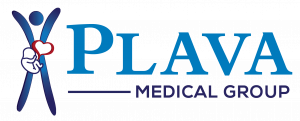

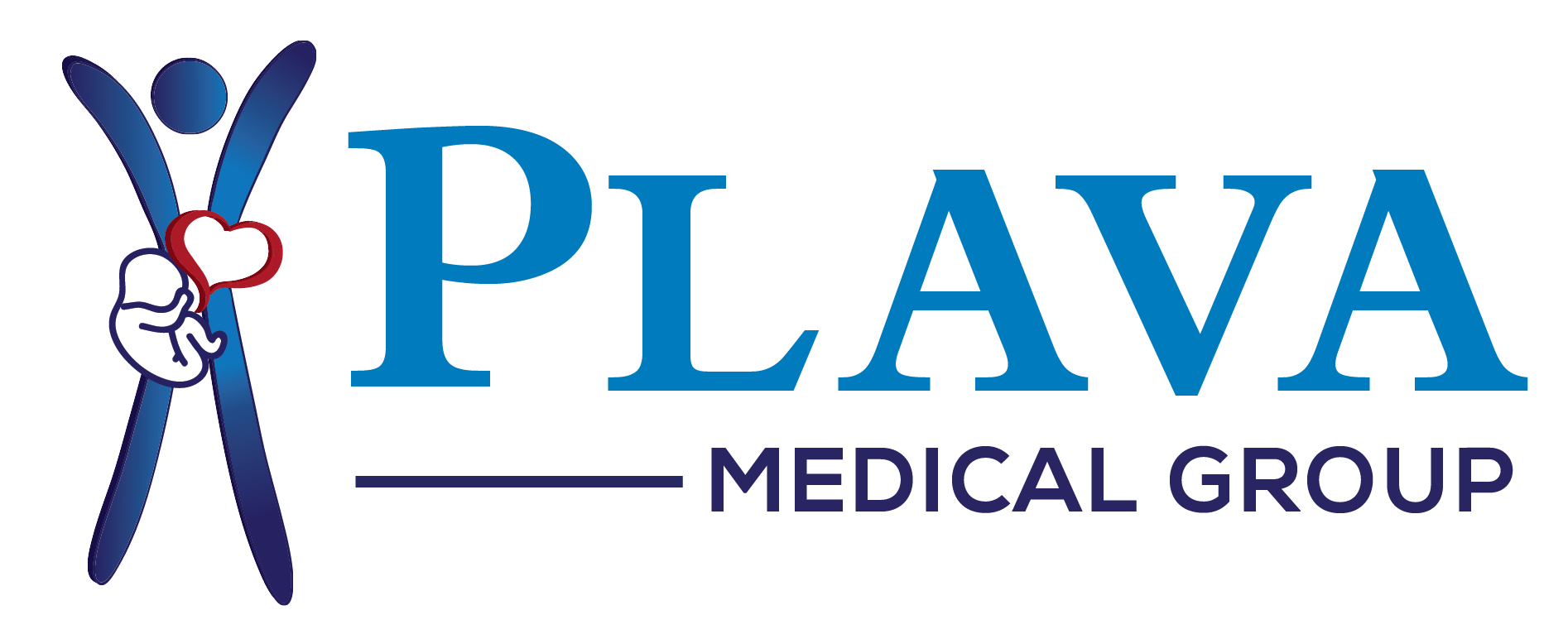
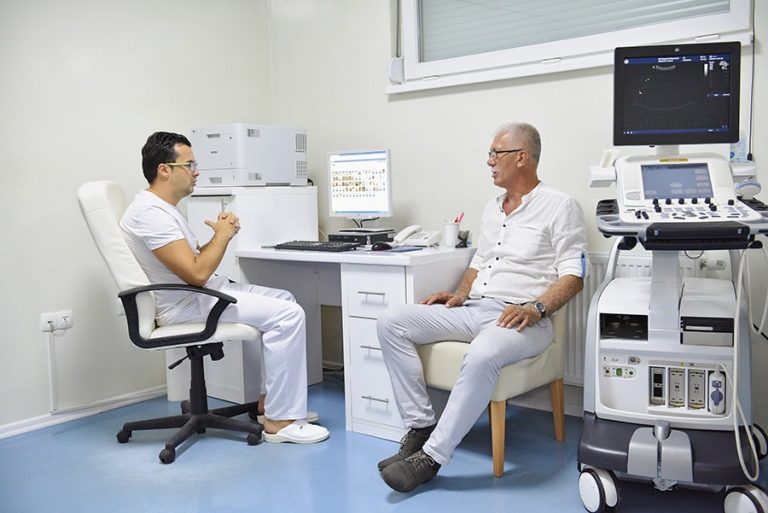

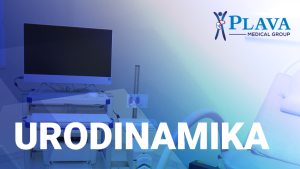

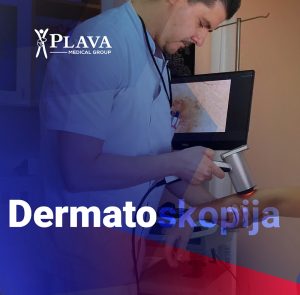
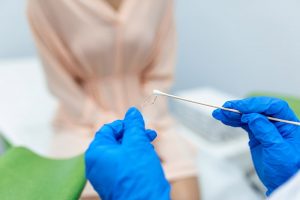
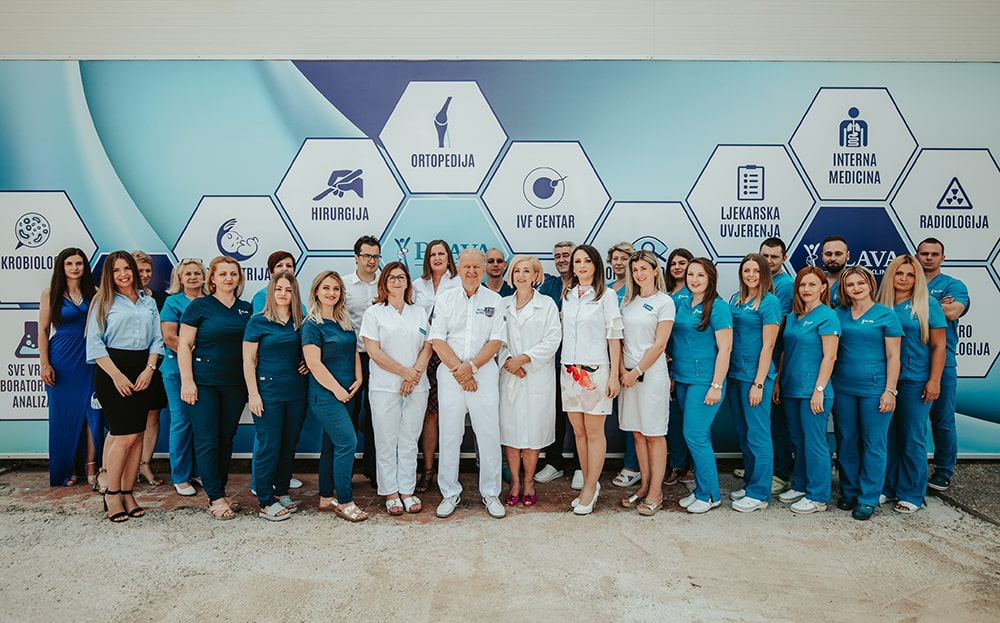

Comments are closed.